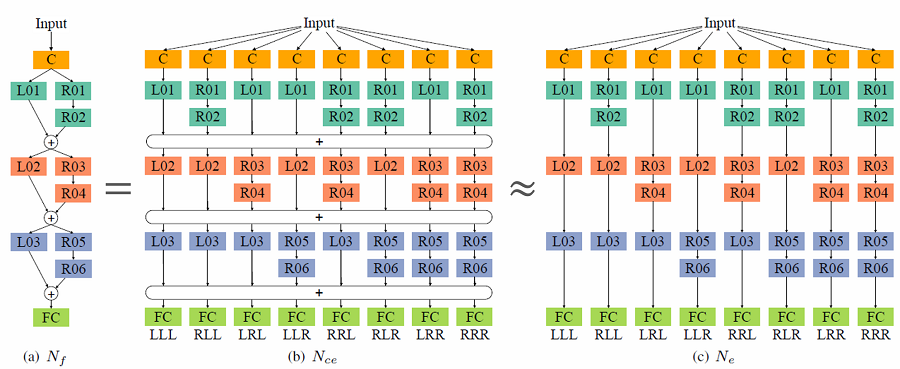Deeply-Fused Nets
In this paper, we present a novel deep learning approach, deeply-fused nets. The central idea of our approach is deep fusion, i.e., combine the intermediate representations of base networks, where the fused output serves as the input of the remaining part of each base network, and perform such combinations deeply over several intermediate representations. The resulting deeply fused net enjoys several benefits. First, it is able to learn multi-scale representations as it enjoys the benefits of more base networks, which could form the same fused network, other than the initial group of base networks. Second, in our suggested fused net formed by one deep and one shallow base networks, the flows of the information from the earlier intermediate layer of the deep base network to the output and from the input to the later intermediate layer of the deep base network are both improved. Last, the deep and shallow base networks are jointly learnt and can benefit from each other. More interestingly, the essential depth of a fused net composed from a deep base network and a shallow base network is reduced because the fused net could be composed from a less deep base network, and thus training the fused net is less difficult than training the initial deep base network. Empirical results demonstrate that our approach achieves superior performance over two closely-related methods, ResNet and Highway, and competitive performance compared to the state-of-the-arts.
PDF Abstract
 CIFAR-10
CIFAR-10
 ImageNet
ImageNet
 CIFAR-100
CIFAR-100